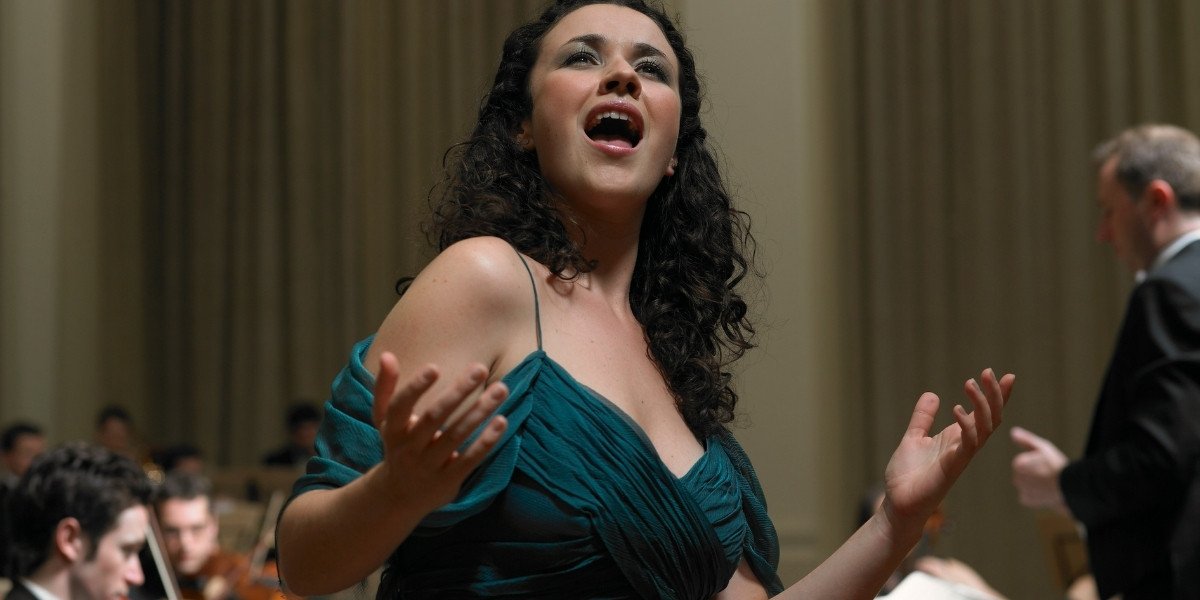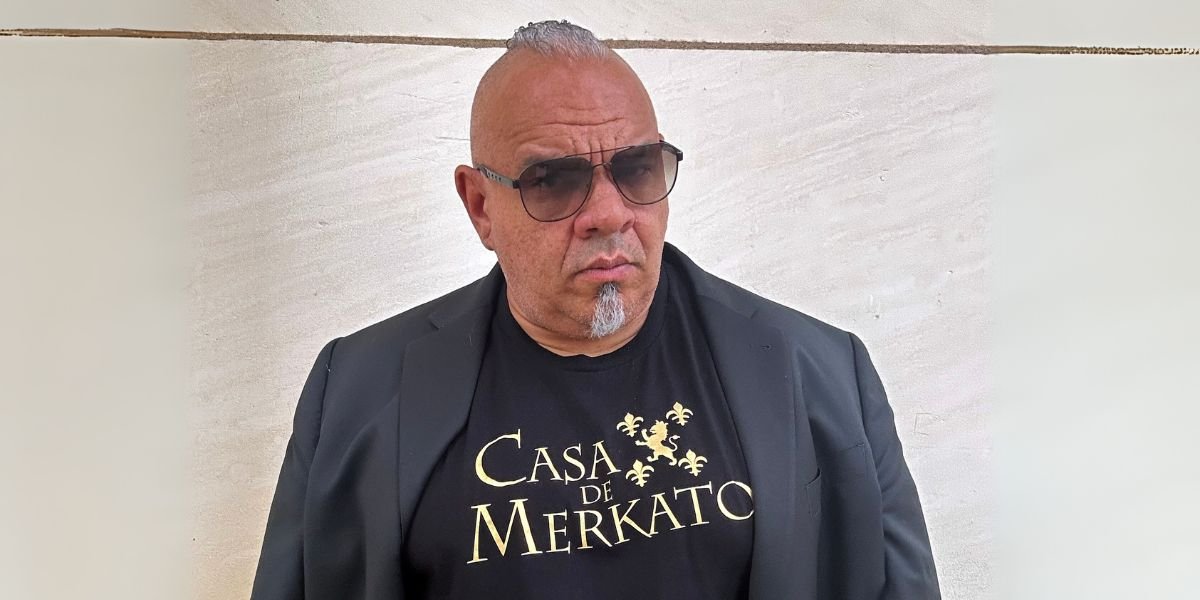How Live Orchestras Elevate Performances: The Magic of Sonic Synergy
The Immersive Power of Live Orchestra Accompaniment
The inclusion of a live orchestra in a performance—whether in film, ballet, opera, musical theatre, or even live storytelling—goes far beyond simply providing background music. It creates an intimate connection between the performers and the audience, enhancing every emotional beat, amplifying the narrative, and producing an immersive experience that no recorded track could replicate. This pillar delves into the artistry and impact of live orchestra accompaniment, examining how it elevates performances, deepens emotional resonance, and creates a transformative experience for all involved.
Read Also: The Grand Stage of Opera: A Deep Dive into Its Artistry and Experience
The Unique Energy of Live Performance
One of the most captivating aspects of a live orchestra is the energy it brings to a performance. Unlike recorded music, the spontaneity and immediacy of live music create an unpredictable synergy between the musicians, the conductor, and the performers on stage. The audience can feel the vibrancy of each note, the pulse of the rhythm, and the intensity of every dynamic shift, all of which add to the electric atmosphere of the event.
Dynamic Interplay Between Musicians and Performers
The live orchestra brings a dynamic interaction to the performance. The musicians are not simply playing their parts in isolation; they respond in real-time to the nuances of the performers on stage. For instance, in a ballet, the tempo of the orchestra can shift to match the dancers’ movements, ensuring that each gesture is accompanied by the perfect musical atmosphere. In opera, the orchestra’s sound might swell to complement a soprano’s powerful aria, echoing and enhancing the emotion in the singer’s voice. This interactivity is what sets live performances apart from their recorded counterparts.
The Unpredictability of Live Music
The thrill of live music lies in its unpredictability. A live orchestra is subject to the moment-by-moment fluctuations in emotion, interpretation, and energy. Unlike a fixed, pre-recorded track, the orchestra’s performance can change according to the mood of the crowd, the atmosphere in the room, or even the conductor’s interpretation of the score. This fluidity creates a unique performance every time, making each experience deeply personal and memorable.
Enhancing Emotional Resonance
A live orchestra is one of the most powerful tools for amplifying the emotional resonance of a performance. The intricate subtleties of dynamics, tempo, and timbre all contribute to the emotional tone of the performance, from moments of great joy to profound sorrow, from soaring tension to quiet reflection.
Real-Time Execution of Nuances
The nuances of live performance—such as changes in volume, the pacing of a scene, and the delivery of subtle emotional cues—are executed with extraordinary precision by the orchestra. The shifts in dynamics can enhance dramatic moments, making an already emotional scene even more compelling. For example, a tense moment in a musical or opera can be amplified by a sudden shift in orchestral intensity, heightening suspense. Conversely, a softer, more delicate melody can evoke a deep emotional response from the audience, inviting them to connect more intimately with the characters and the story unfolding before them.
Amplifying Joy, Heightening Suspense
The orchestra serves as an emotional amplifier throughout the performance. Joyful scenes are often buoyed by bright, upbeat melodies, with orchestral instruments like strings and brass providing the necessary energy and lightness. In contrast, suspenseful moments can be heightened by low, rumbling bass tones or a sudden increase in tempo, building tension that keeps the audience on the edge of their seats.
Synchronicity and Precision
The synchronization of live music with on-screen action, dance, or vocal performance is an incredibly intricate art form that demands precision and coordination.
The Conductor’s Role
The conductor is key to maintaining synchronicity between the orchestra and the performers. The conductor ensures that the orchestra plays in perfect time with the performers on stage, guiding them through tempo changes and dynamic shifts. In a ballet, for example, the conductor works closely with the dancers to ensure that the orchestra matches their movements, whether they’re performing a fast-paced routine or a delicate, slow pas de deux. In an opera, the conductor’s guidance ensures the singers’ voices are perfectly in sync with the orchestral music.
Achieving Seamless Integration
Achieving seamless integration between live music and performance is no easy feat. The musicians must coordinate their timing with the actors, dancers, or singers while also adapting to the conductor’s direction. The ability to adjust on the fly, reacting to changes in tempo, rhythm, or mood, is a hallmark of successful live orchestral accompaniment. The unity of these elements is what creates a truly immersive experience for the audience.
The Art of Orchestration and Arrangement
Orchestration is the process of arranging a piece of music to be performed by an orchestra. This process is not just about writing notes for different instruments; it’s about enhancing the narrative and atmosphere of a performance. Every element of the orchestra is strategically employed to complement the story, creating an emotional backdrop that elevates the drama.
Complementing Visual and Dramatic Elements
The arrangement of the score plays a vital role in how the music complements the visual and dramatic elements of the performance. For instance, in a musical theatre production, certain instruments might be used to highlight emotional shifts—perhaps a string section swells as the main character reaches a turning point. In a film score, music can underscore specific visual cues, with the orchestration guiding the audience’s emotional reaction to what they see on screen. The ability of the orchestra to shift the tone through these subtle instrumental choices is what makes live accompaniment so powerful.
Use of Instrumental Timbres and Textures
The strategic use of different instrumental timbres and textures creates a diverse sonic landscape. Each instrument brings its own color to the music, and the composer or arranger’s decisions on when and how to use specific instruments can deeply influence the emotional trajectory of the performance. For example, a French horn might be used to create a sense of grandeur, while flutes might bring lightness or playfulness to a scene.
Historical Context and Tradition
The tradition of live orchestral accompaniment has been a cornerstone of theatrical performances for centuries. From opera to silent film and musicals, the role of the live orchestra has been integral to elevating the performance and creating a lasting cultural impact.
The Evolution from Silent Film to Modern-Day Performances
During the silent film era, live orchestras were essential for setting the tone and emotional context of films. Musicians played an important role in guiding the audience’s emotional response, providing music that complemented the on-screen action. As cinema progressed, orchestral scores became more sophisticated, helping to solidify the cinematic experience. Today, live orchestras continue to accompany various performances, from ballets to theater productions, maintaining this rich tradition.
The Legacy of Opera and Ballet
Opera and ballet have long relied on live orchestras to bring their dramatic narratives to life. The symphonic composition of opera scores, along with the coordination of live dancers and singers, has helped shape the structure and intensity of these art forms. These performances have maintained the live orchestra tradition while also adapting to modern tastes and innovations.
The Collaborative Process
The creation of a live performance involving an orchestra is a collaborative endeavor that requires close communication and artistic vision among multiple parties.
The Relationship Between Conductor, Orchestra, and Performers
The conductor serves as the central point of coordination, ensuring that the orchestra’s performance complements the actors or dancers on stage. The director plays a key role in shaping the performance, guiding the actors, singers, or dancers through the narrative, and ensuring that the music supports the story’s emotional arc. The orchestra must interpret the conductor’s cues while working in harmony with the performers, creating a seamless blend of music and action.
Communication and Artistic Vision
In a live orchestra performance, communication and artistic vision are key to achieving a unified experience. The collaborative relationship between the musicians, conductor, director, and performers is what ensures that the live performance feels cohesive, responsive, and emotionally charged.
The Economic and Logistical Considerations
Staging a performance with a live orchestra is not without its financial and logistical challenges. It involves significant coordination, resources, and planning to ensure everything runs smoothly.
Financial Investment
The costs of hiring a live orchestra, arranging rehearsal time, and securing a suitable venue can be considerable. However, the impact and authenticity that live music brings to a performance often outweigh the expenses. The investment in a live orchestra is an investment in the quality and emotional depth of the performance.
Read Also: The Rhythmic Heartbeat: How Drums Bring Music to Life
Logistical Coordination
Coordinating the schedules of orchestra musicians, conductors, and performers requires careful planning, as does organizing rehearsals and ensuring the venue is adequately equipped to handle a live orchestra. These logistical considerations are part of what makes the experience of a live orchestral performance so special.
Live orchestra accompaniment remains one of the most immersive and impactful ways to enhance the experience of any performance. From synchronicity and precision to emotional resonance and collaborative artistry, the presence of a live orchestra transcends the ordinary, taking the audience on a dynamic, unforgettable journey. The magic of live music continues to elevate performance art, from opera to film, ensuring that the emotional power of live orchestral sound will always be a cornerstone of the arts.



